Re: Organic Round 2: 3xConfidential Cheese, 3xOG#18 and 3xWhite Russian
i dealt with the same exact problem randomly one day. i have a hunch on what it could be and a suggestion to follow. I sprayed cologne on me in front of my fan one afternoon then left. i came home, closed the grow room for lights out and layed down in bed. i have a fan in my grow room pushing air out during the night and all night i kept smelling cologne but i wasnt wearing my street clothes anymore and by now i'd be used to the smell. well i put my nose next to the grow room and i could smell cologne coming off my plants. i was real worried.
the next morning i opened the grow room to see my plants droopy and purple stemmed to the max. night before i had green stems on fan leaves now i had the purple red you described.
one thing i recently over heard is that purple stems mean phospheras defecincy. i'll look that up im curious
Can someome tell me whats the deal with the dark purple redish veins running through the fan leaves and the swollen leaf margins???
i dealt with the same exact problem randomly one day. i have a hunch on what it could be and a suggestion to follow. I sprayed cologne on me in front of my fan one afternoon then left. i came home, closed the grow room for lights out and layed down in bed. i have a fan in my grow room pushing air out during the night and all night i kept smelling cologne but i wasnt wearing my street clothes anymore and by now i'd be used to the smell. well i put my nose next to the grow room and i could smell cologne coming off my plants. i was real worried.
the next morning i opened the grow room to see my plants droopy and purple stemmed to the max. night before i had green stems on fan leaves now i had the purple red you described.
one thing i recently over heard is that purple stems mean phospheras defecincy. i'll look that up im curious



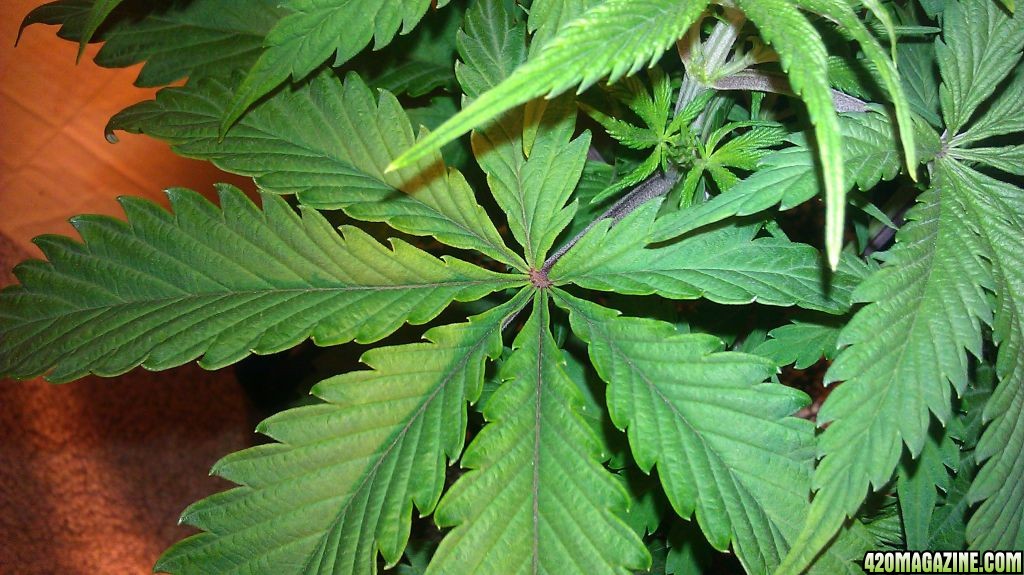
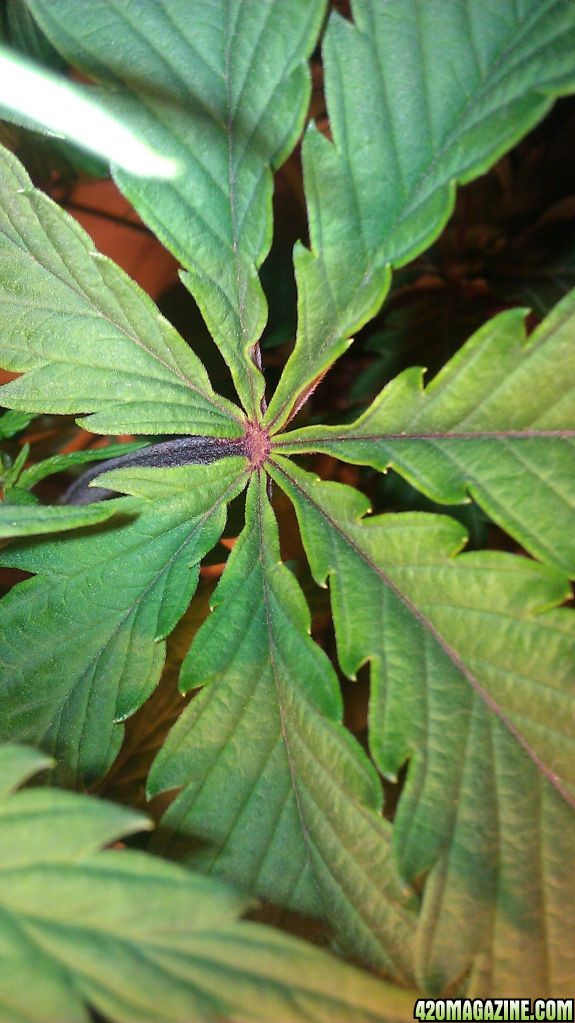
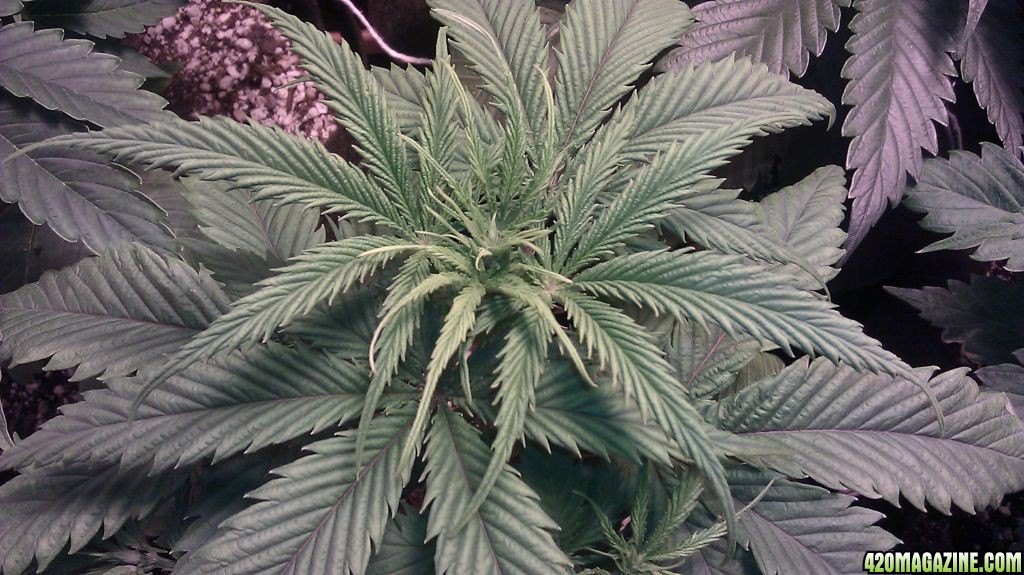
 :K ratio of about 10
:K ratio of about 10 8 (which of
8 (which of 16), and for flowering plants, 4
16), and for flowering plants, 4 8. Check the pH after adding
8. Check the pH after adding



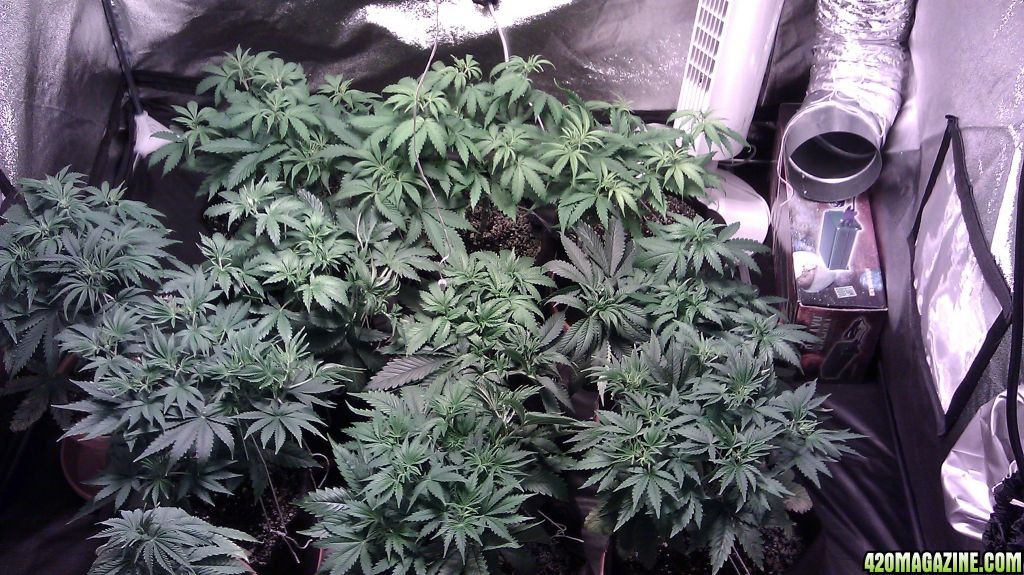
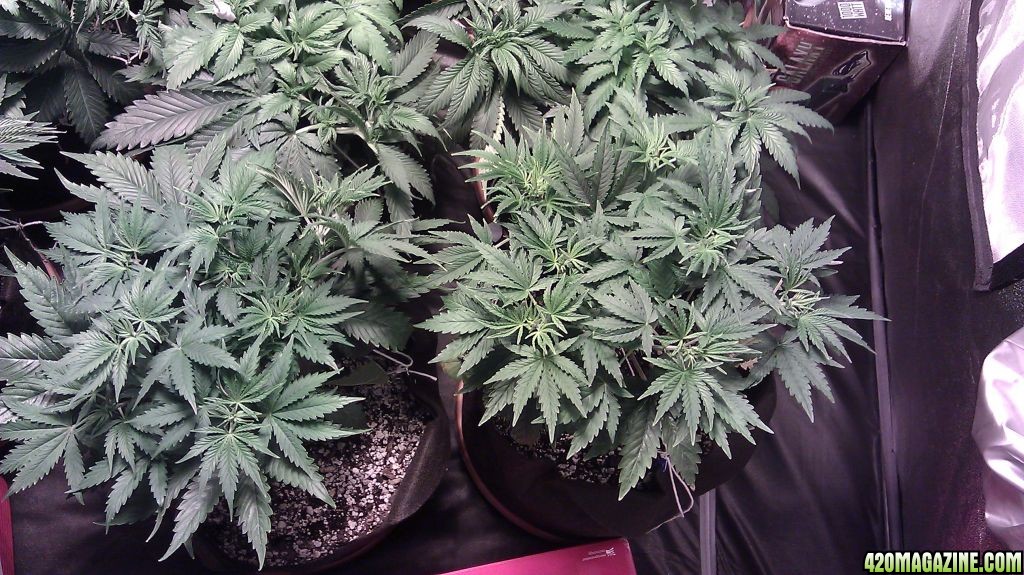
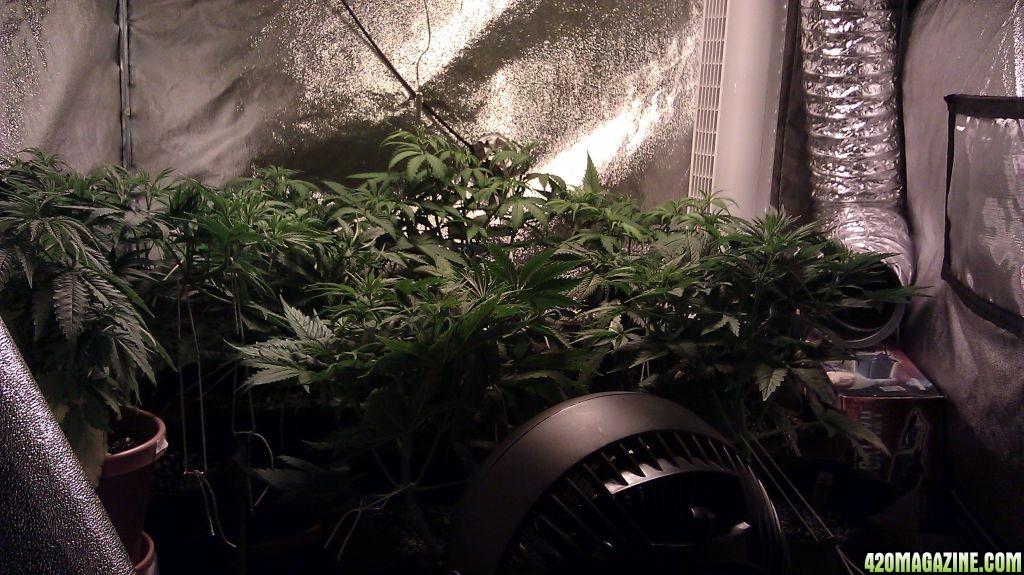
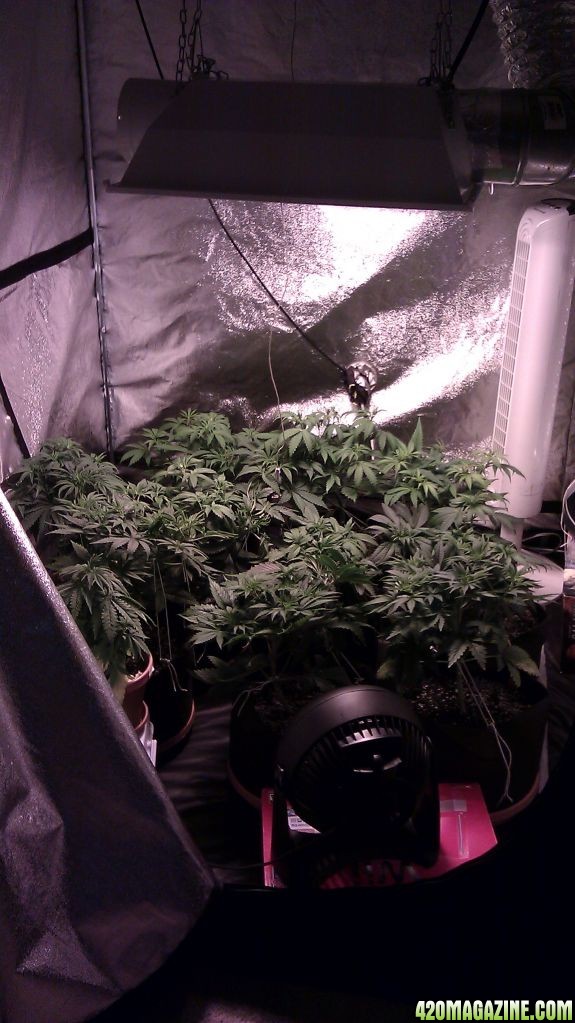
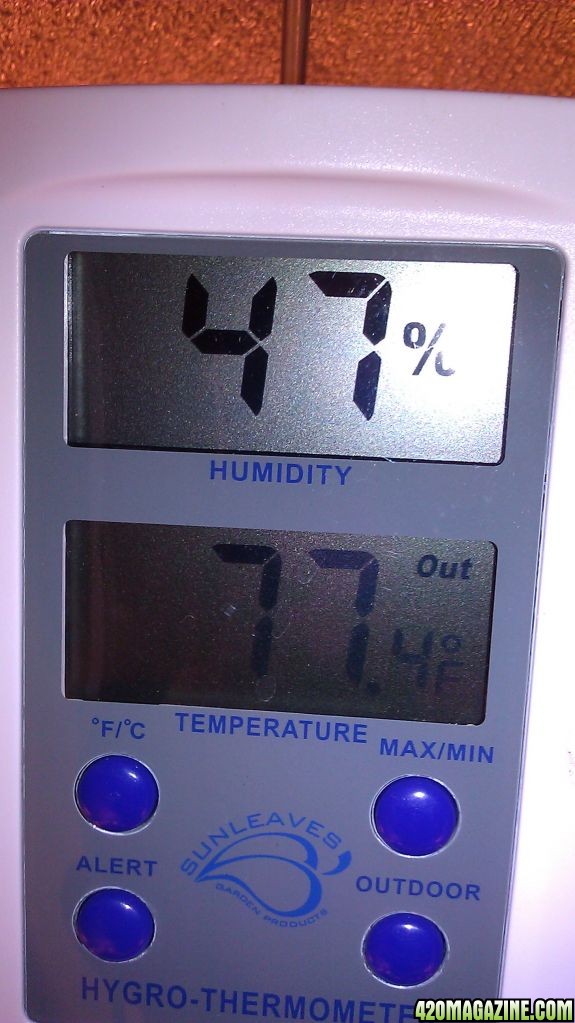
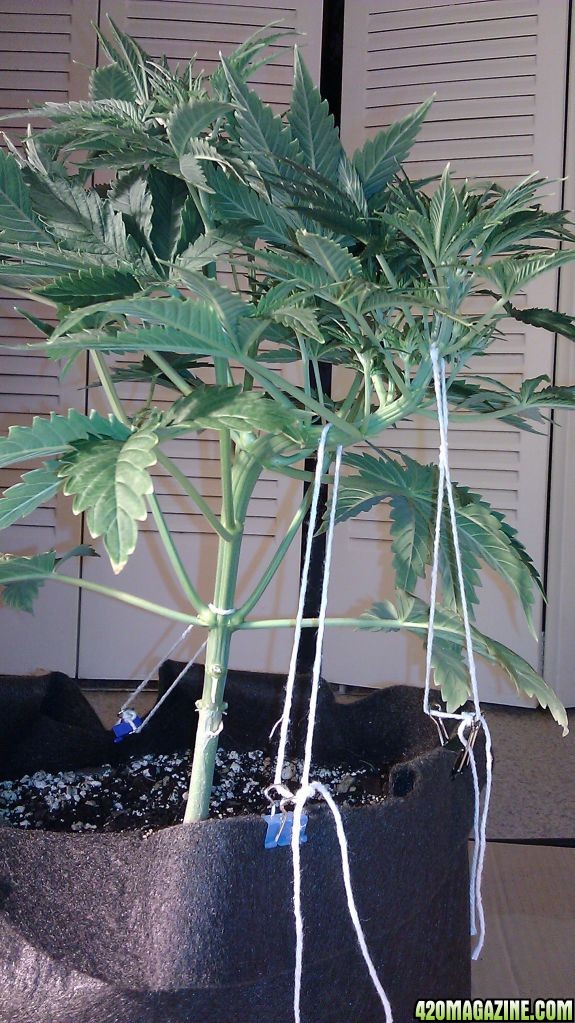
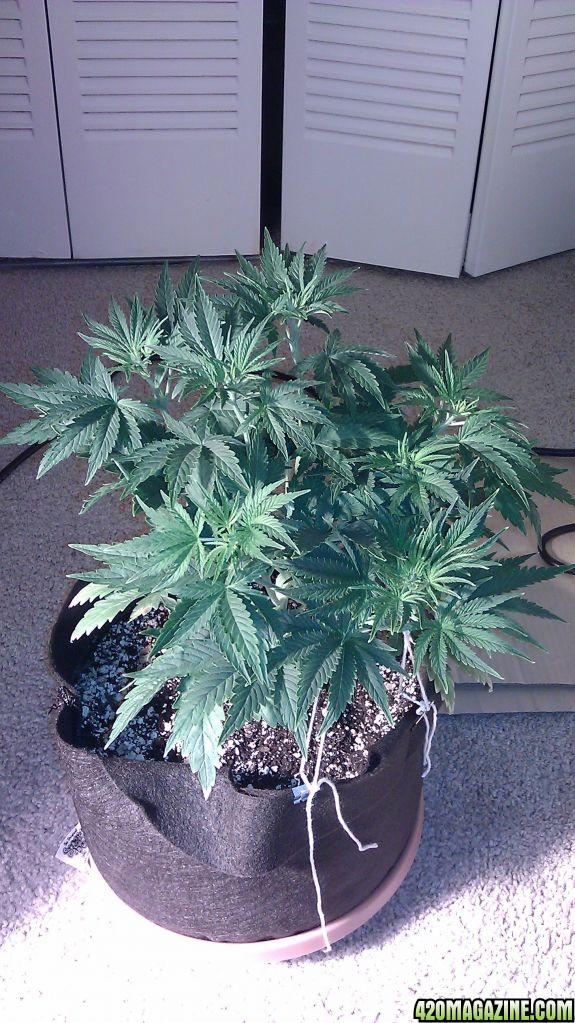
 I was retieing shit down n broke the top off one of the og18s,i lost the top 4 sections n it was a conf female. Hopefully shell bounce back. Got another 4 conf females too. Pics tonite, they look beast! Lst is where its at!!!
I was retieing shit down n broke the top off one of the og18s,i lost the top 4 sections n it was a conf female. Hopefully shell bounce back. Got another 4 conf females too. Pics tonite, they look beast! Lst is where its at!!!
